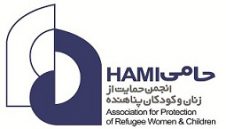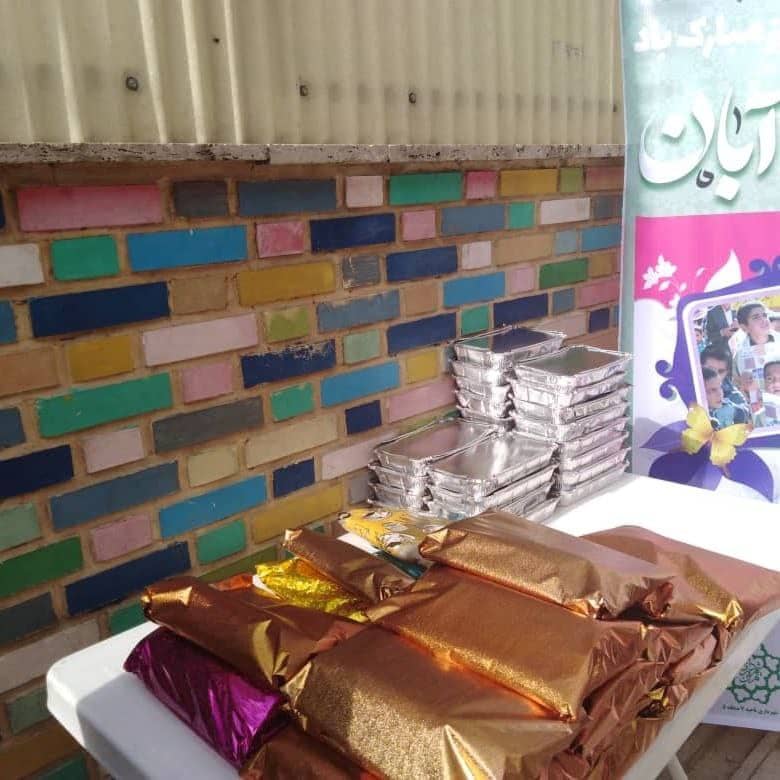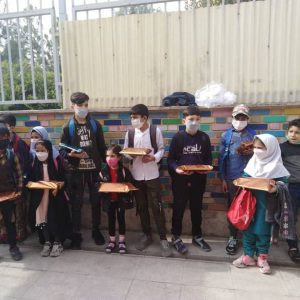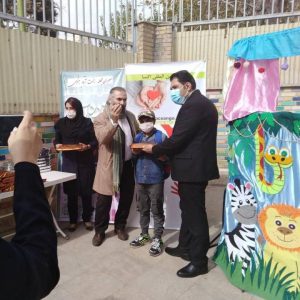In spite of the fact that Afghan refugee have been residing in Iran for well over three decades now and positive policies regarding extended access of Afghan refugee children to public schools there are a sizeable number of Afghan children have left official education due to poverty, economic hardships, instability generated by migration and refuge, cultural insensitivity of families regarding the importance of children’s education, and girls’ early marriages.
What is more worrying is that with the removal of the economic subsidies from the distribution system of the country in the last few years, poverty has become more extended among Afghan migrant families. One immediate aftermath is the negative effect on the trend of migrant children’s education, especially those in families with lower income. This trend is well illustrated by the increasing number of street and working children – mostly Afghan – who step into challenging working environments to contribute to their families’ economy.
NGOs as one of the main role players in refugee protection can perfume a positive act in filing the gap while the project “Basic Education for Afghan Refugee Women and Children in Iran” which was launched through the collaboration and support of UNICEF-Iran in 2008 has led to extensive sustainable changes in the conditions of women and children covered by the project and even their families.
Education is a human right
The right to education is enshrined in article 26 of the Universal Declaration of Human Rights. The declaration calls for free and compulsory elementary education. The Convention on the Rights of the Child, adopted in 1989, goes further to stipulate that countries shall make higher education accessible to all.
Education is key to sustainable development
When it adopted the 2030 Agenda for Sustainable Development in September 2015, the international community recognized that education is essential for the success of all 17 of its goals. Sustainable Development Goal 4, in particular, aims to “ensure inclusive and equitable quality education and promote lifelong learning opportunities for all” by 2030.
Challenges to achieving universal education
Education offers children a ladder out of poverty and a path to a promising future. But about 265 million children and adolescents around the world do not have the opportunity to enter or complete school; 617 million children and adolescents cannot read and do basic math; less than 40% of girls in sub-Saharan Africa complete lower secondary school and some four million children and youth refugees are out of school. Their right to education is being violated and it is unacceptable. >
Without inclusive and equitable quality education and lifelong opportunities for all, countries will not succeed in achieving gender equality and breaking the cycle of poverty that is leaving millions of children, youth and adults behind.
Celebration of student day at HAMI
On the occasion of Student Day, our centers held a celebration with the presence of students.



